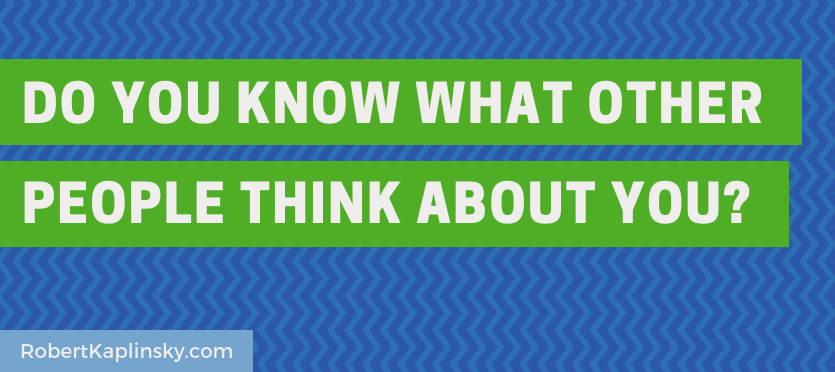Have you ever noticed that sometimes people don’t realize how others perceive them? This can be problematic if they don’t realize their potential or conversely don’t realize that they are rubbing people the wrong way. This blog post uses a tool called the Johari Window that will help you make sense of it all and provide a context that can help us fix these problems.
The Johari Window is a way of exploring a person’s traits based on what they are aware of and what others are aware of. The image below helps you visualize what I mean.

You can think of the four quadrants as:
- Open – These are the traits that you and others agree upon. I find it to be the least interesting quadrant because you know you have these traits and others do as well. For example, everyone knows that you are helpful or that you are cranky in the morning.
- Hidden – These are traits that you believe you possess but others do not. This is an interesting quadrant as the different perceptions might be because you have a personality trait you hide from others or because you see yourself differently than others. For example, you might know that you are depressed but others may not or you might think you are hilarious and no one else does.
- Blind Spot – These are traits that you are not aware of but others are. Again, this could be a positive or negative situation. For example, you might not realize that others see you as a leader or conversely that others see you as unreliable.
- Unknown – These are traits that neither you nor others are aware of. This quadrant is a bit peculiar, because it seems strange that a person might possess traits that neither she nor others are aware of. However, consider what happens in extreme situations like moments of severe duress. You often read about unlikely heroes who do something extraordinary like lift up a car to save a child underneath or tackle an active shooter. The person exhibits traits that nobody knew existed because there hadn’t been a time when they were needed.
Often we see people in ways that are fundamentally different from how they seem themselves. How many times have you heard a version of the story where a teacher reached out to a student, told her about the potential the teacher saw in her, and altered that student’s life for the better forever? I can tell you that however many times you’ve heard that story, it’s not enough.
There are so many students who don’t see themselves as learners with unlimited potential. As a society, we focus too often on what we’re missing rather than what we have. Educators can accomplish so much by telling students about the qualities students have in their blind spots that they are unaware of.
Sadly, for many people, this may be the first time that anyone has acknowledged this positive trait. You might think that telling the student or teacher is unnecessary because she probably already knows about it. I’d challenge that view because even if the student does already know, hearing it from you just reinforces a positive self-image.
Realize that this can apply to everyone, not just students. Imagine how it would make your day for a colleague to let you know how others see you positively. So, there is no reason you can’t do the same for others. Whether it’s administrators, support staff, students, or parents, I think we can always do more to let people know how they’re perceived and encourage positive growth.
I’d like to know what you think. Have you told someone about a positive quality in her blind spot? If so, how’d it go? Do you see other applications of the Johari Window in education? Please tell me all about it in the comments below.


Blind spots? What blind spots? OUCH, was that a wall I just walked into…?
Ha! Thanks for stopping by.
Students love to hide themselves for fear that their weaknesses will be revealed – “Better to keep your mouth shut…”
I see potential in using this to allow students to see weaknesses as opportunities – growth mindset. It’s hard to improve on things that are hidden. I wonder what “hidden” information students would be willing to move into the “open.”
Interesting take on this Jesse. Please let me know what you uncover in exploring this.